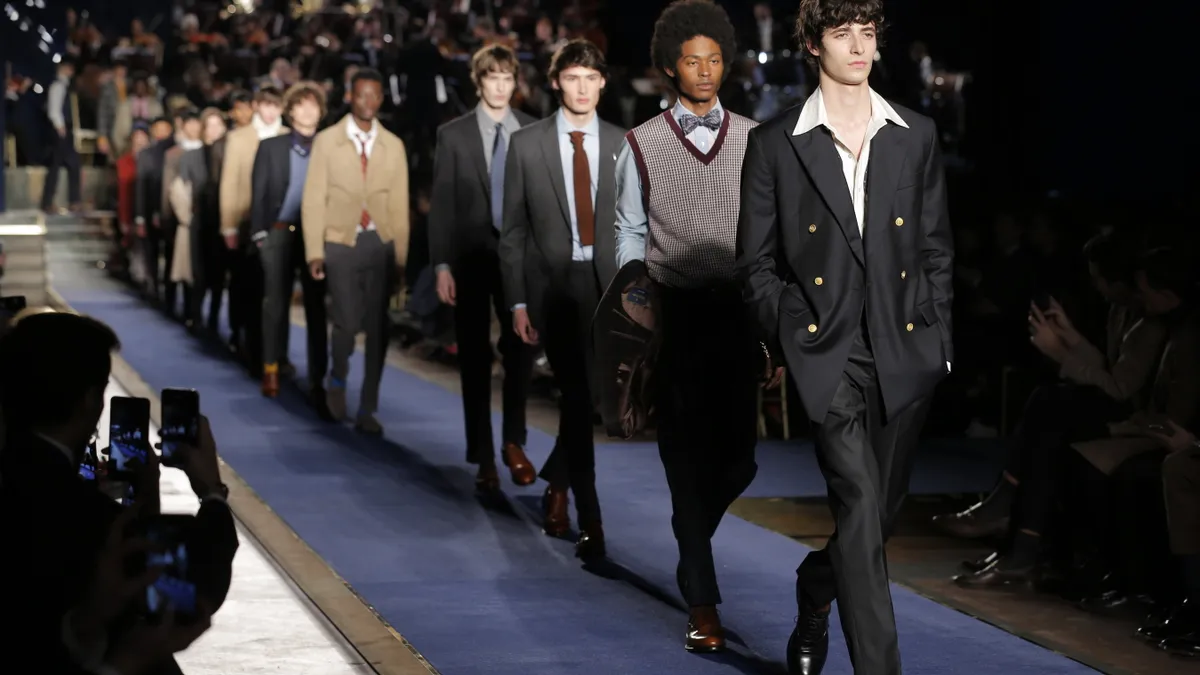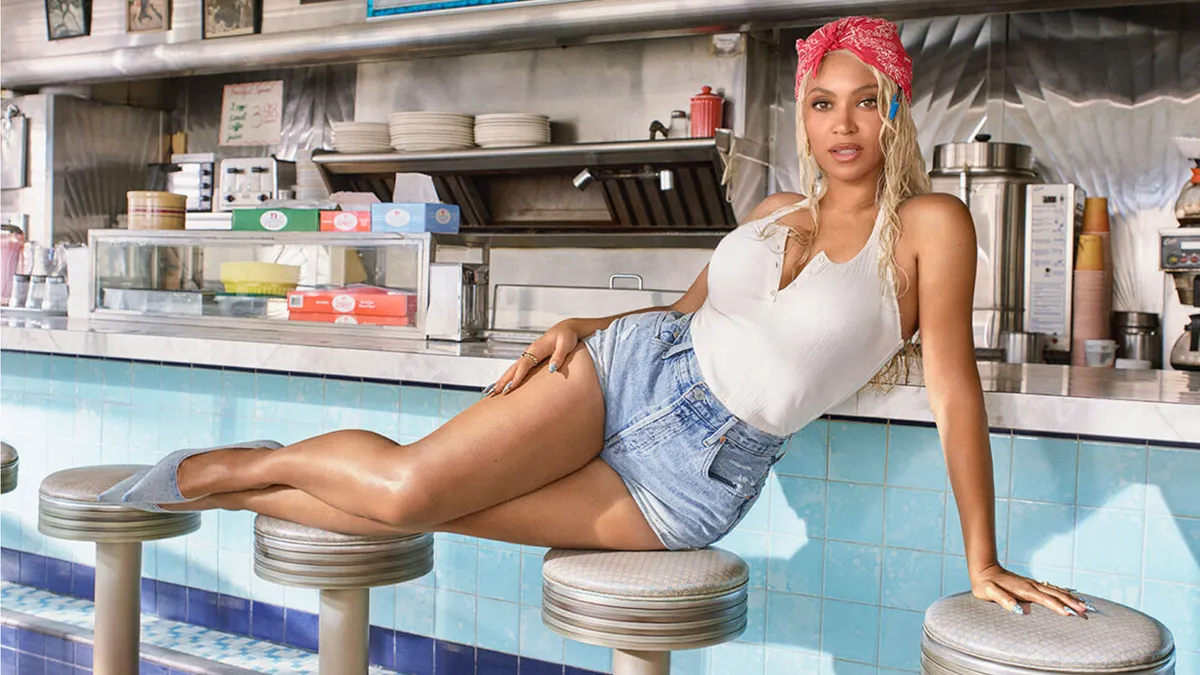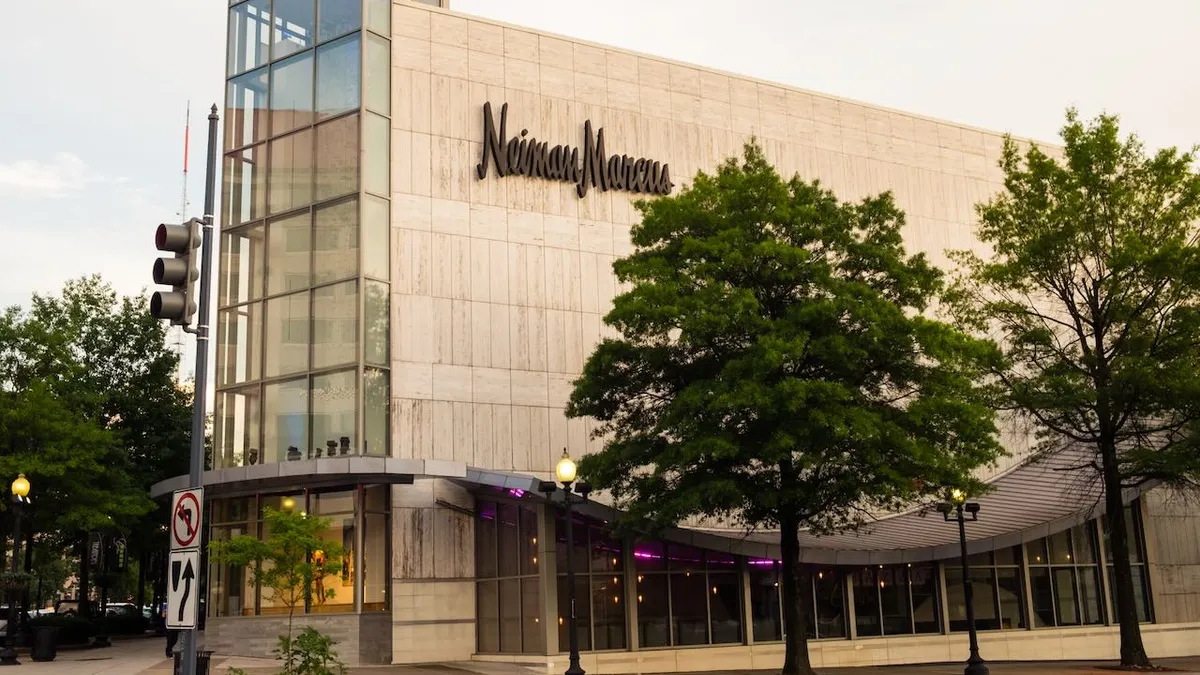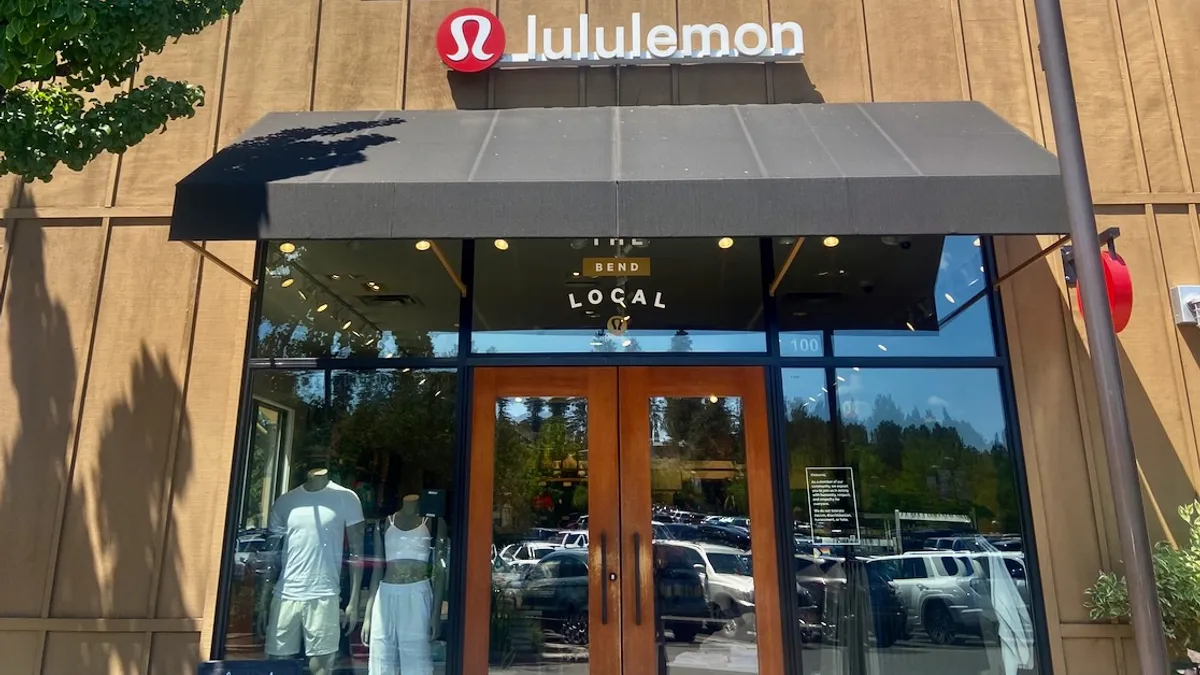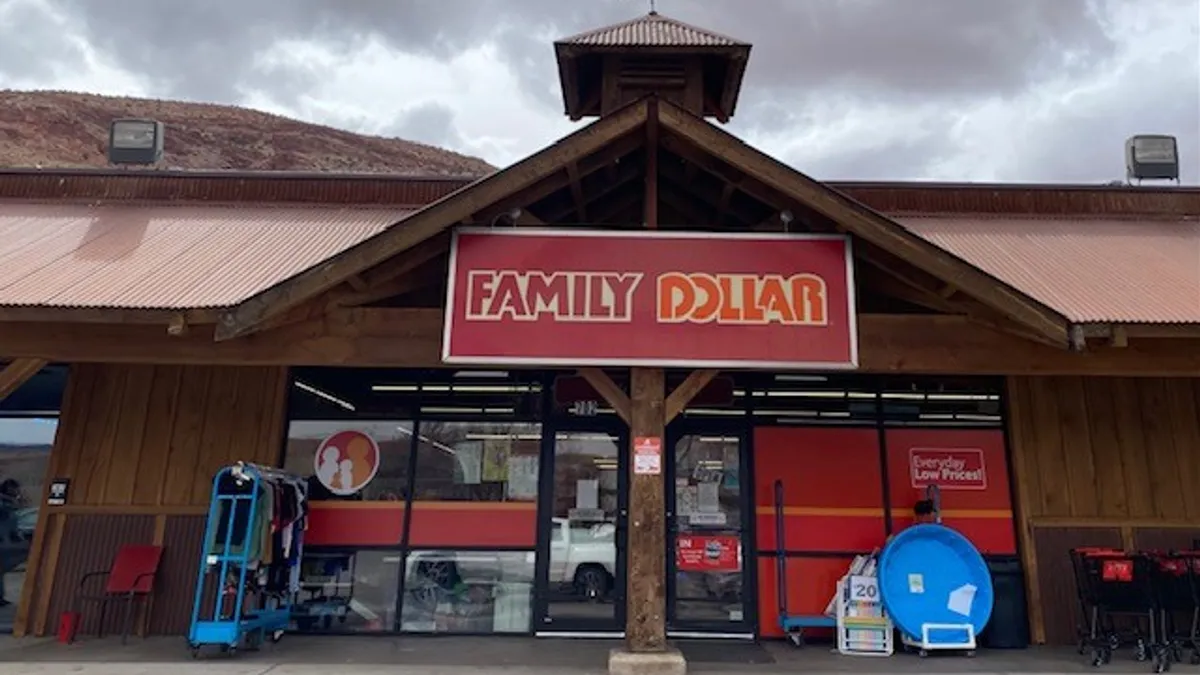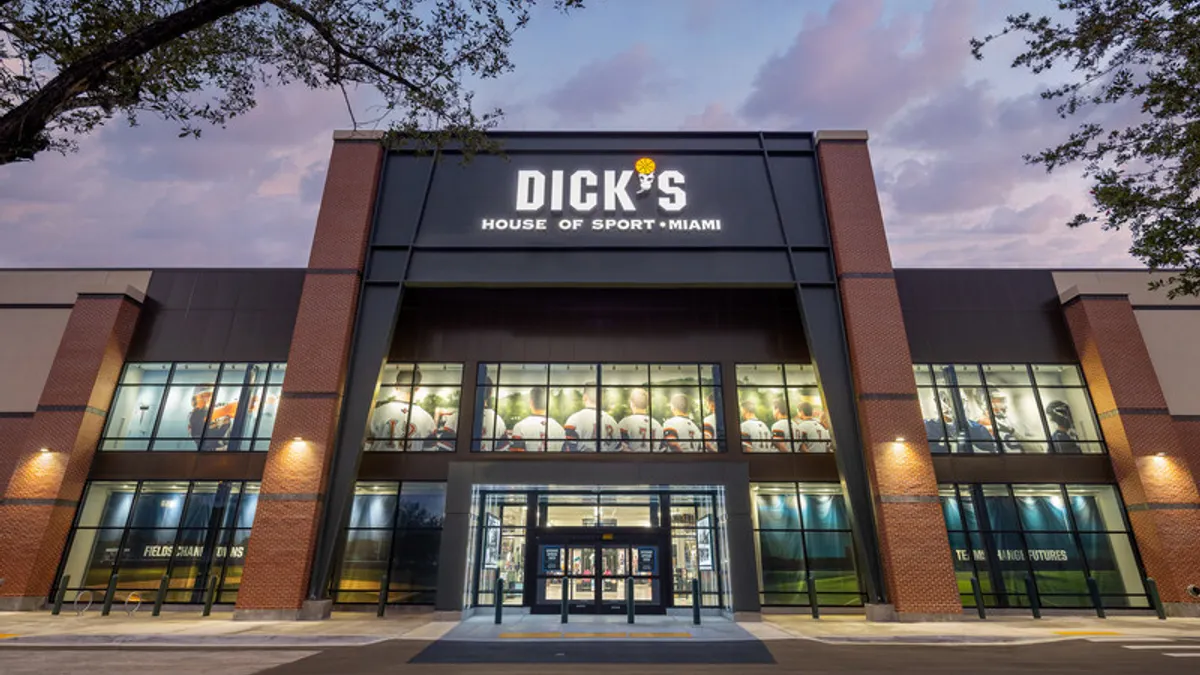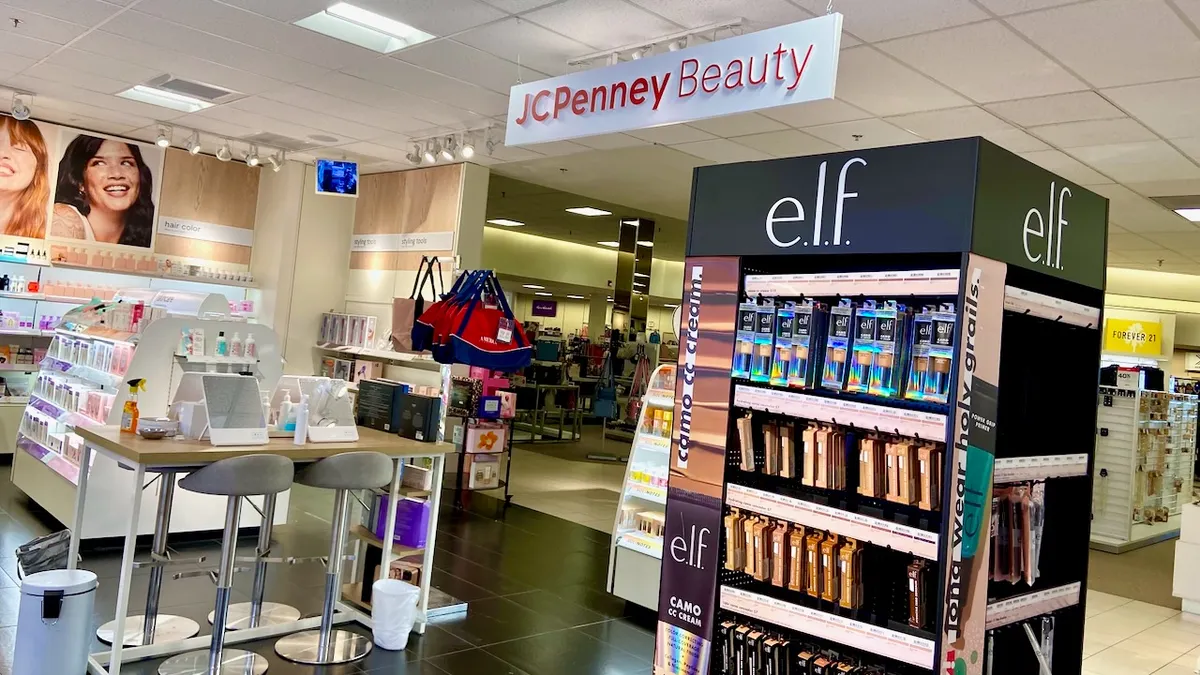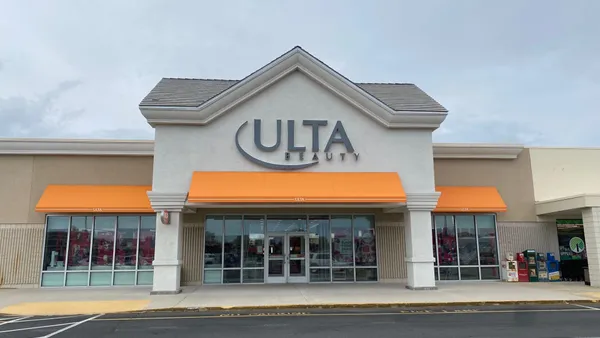Within less than a month, after weeks of temporary store closures that vanquished apparel sales, two major U.S. menswear retailers with divergent consumer bases — Tailored Brands and Brooks Brothers — have both turned to bankruptcy court.
Menswear conglomerate Tailored Brands openly blamed the pandemic, and "the continuing decline in the brick-and-mortar retail industry generally," for its bankruptcy. The recent closures of offices and stores and the cancellation of events can hardly have helped Brooks Brothers, either. But the real challenges for both these retailers have been years in the making, most of them specific to the menswear segment.
Some of the troubles are of the companies' own making. Revenue at Tailored Brands — which runs Men's Wearhouse, Jos. A. Bank, Moores Clothing for Men, K&G and, until January, the Joseph Abboud brand — fell 5.6% over the past two years. The company did itself few favors in ousting Men's Wearhouse founder George Zimmer in 2013, then hotly pursuing Jos. A. Bank against his advice.
That resulted in a $1.4 billion debt pile that left it especially vulnerable to the sales declines during the pandemic. Men's Wearhouse missed a $6.1 million interest payment on bonds in early July. Weeks later, about 500 retail locations were marked for permanent closure across Tailored Brands, about 20% of its corporate workforce would be cut by the end of the second quarter, and the CFO left.
The company "took on a tremendous amount of debt relative to current sales" in order to expand by buying Jos. A Bank, an affordable men's retailer with merchandise that isn't well differentiated from Men's Wearhouse, according to Alan Behr, fashion industry attorney and partner at Phillips Nizer.
"The websites look virtually identical, with the same price point to reach the same customer," Behr said. "And you're going to get into a lot of debt to do that?"
Meanwhile, Brooks Brothers, which has weathered the vagaries of market shifts for two centuries, has been slow to adjust to what are emerging as enduring trends, according to Tom Ott, formerly general merchandise manager for men's at Saks Fifth Avenue, and founder of retail consultancy Retail and Fashion Solutions.
"Brooks Brothers has a wonderful name and great heritage but it was too classic," Ott said. "There's been dramatic growth in streetwear and designer, but at the end of the day that represents about 25% of the market, not everybody is a young hipster. Really soft, comfortable stretch, and make it look a little more polished — that's where the men's industry is going."
Suiting down
That includes at work.
The casualization of the workplace has been undeniable, especially with even New York City's blue-blood financial institutions in recent years easing up on their strict dress codes. Then the pandemic sent almost all white-collar workers home, with many of them still conducting business virtually — and under-dressed — even as the lockdown eased.
Sales of men's formal clothing fell 74% year over year from March to June, and even men's "smart casual" sales fell 62% in that time, according to GlobalData Retail research. Analysts there expect demand to remain down well into next year.
"I remember when a bank teller wore a suit, a high school teacher wore a suit. That is not necessary anymore. Fewer and fewer people need tailored garments, so those brands at the lower end were most exposed."

Alan Behr
Fashion Industry Attorney & Partner, Phillips Nizer
Since March, online search for suits has been at its lowest since 2013, while interest in casual wear has "spiked," according to Matt Moorut, principal at Gartner for Marketers. Search for men's T-shirts, shorts and sandals have all risen "to unprecedented levels since lockdowns began," to the benefit of "brands like Doc Martens and Champion, which have been able to position products effectively on site and through social media," he said in an email. Similarly, retail analytics firm Edited found that, in the first half of the year, men's sleepwear sell-outs rose 34% and men's shorts sell-outs rose 55%.
Behr believes that's somewhat overblown, considering that (when there's no pandemic) plenty of jackets and ties still flap around on Wall Street, in the hallways of law firms and elsewhere. Unfortunately for the likes of Tailored Brands, however, such people aren't customers, he also noted.
"Tailored Brands was a little like Ann Taylor in selling business things to people who had to wear them, at a price point that was within reach," he said. "I remember when a bank teller wore a suit, a high school teacher wore a suit. That is not necessary anymore. Fewer and fewer people need tailored garments, so those brands at the lower end were most exposed."
While Tailored Brands responded by offering more casual work attire, the balance remains off, even the inverse of what it should be, according to Ott.
"Tailored at the end of the day really wasn't relevant," Ott said. "The walls were hung with heavy dark business suits. They didn't have enough of what I would refer to as tailored sportswear for today's corporate dressing — a great button-front shirt, great sportcoat and non-denim trouser."
Yet if Tailored ventures too far into casual clothing, it would find itself competing with fast-fashion behemoths like Zara and H&M, Behr warned.
Still, it's not just work, but also religious services, weddings and other once-formal events that have redrawn the line on what's appropriate attire, according to Mark-Evan Blackman, menswear professor at Fashion Institute of Technology.
"Our entire culture has been casualized," Blackman said in an interview. "What got hit was men's tailored garments. It used to be if you were middle management or higher, you had to wear a suit, and it's not Paris, so you couldn't wear the same suit every day. But we've had plenty of time to figure this out. There's a huge opportunity right now, in the uncertainty of it all."
The opportunity
While the pandemic has accelerated the upheaval in men's fashion, several experts, like Blackman, see potential in its aftermath.
Some brands started promoting "business-on-top" looks for the Zoom-call era, which supported sales of "smarter shirts," according to Edited Retail Analyst Tara Drury. Mass retailers like Zara, Mango and J. Crew, among others, have seen success with cottons blended with cashmere and silk, which "allows for higher pricing but still accessible."
"My sense is that there's a monster opportunity in men's apparel for today's man ... there's giant white space in the market for product with a little better craftsmanship and better design."

Tom Ott
Founder, Retail and Fashion Solutions
But opportunity also exists longer term. Despite the pandemic, growth in men's apparel is poised to continue to outpace women's, as first indicated in a 2018 analysis, according to Gartner's Moorut.
"My sense is that there's a monster opportunity in men's apparel for today's man," Ott said, adding that will benefit "true merchants finding great product and the storytelling behind it. If you're a little more classic oriented, maybe you still need a suit or, even more, a suit coat or blazer, there's giant white space in the market for product with a little better craftsmanship and better design."
Ott envisions growth in footwear, especially "sneakers that a guy could wear to work," accessories, including bags, backpacks and "different kinds of briefcases," and pants like Lululemon's men's jogger, which has become a staple. (Men's activewear is taking 51% of that $50.3 billion market in the U.S., with growth in men's likely to overshadow women's, even as the profile of women's athletics has been raised, according to a recent report from the NPD Group.)
A pivot doesn't just mean selling more casual apparel, however, but takes an understanding that those clothes allow for individuality. "What has picked up is all that personal expression, with better pieces, pieces that are driving a wardrobe," Blackman said. "Jackets that may no longer be tailored necessarily, or a bomber jacket, something different than the blazer."
The menswear consumer may also emerge from the pandemic changed in ways that merchants and designers don't fully appreciate yet.
"My gut is telling me — I have no statistics to back this up — that we're going to want to have something nice in our lives, and it depends on who you are, for some it will be that beautiful coat," Blackman said, adding that it may be a preference for fewer, but better things. "I think the pandemic is going to put an end to just about everything as we know it in the apparel industry, and then they will start anew. It's a huge opportunity for people who can think outside the box."



